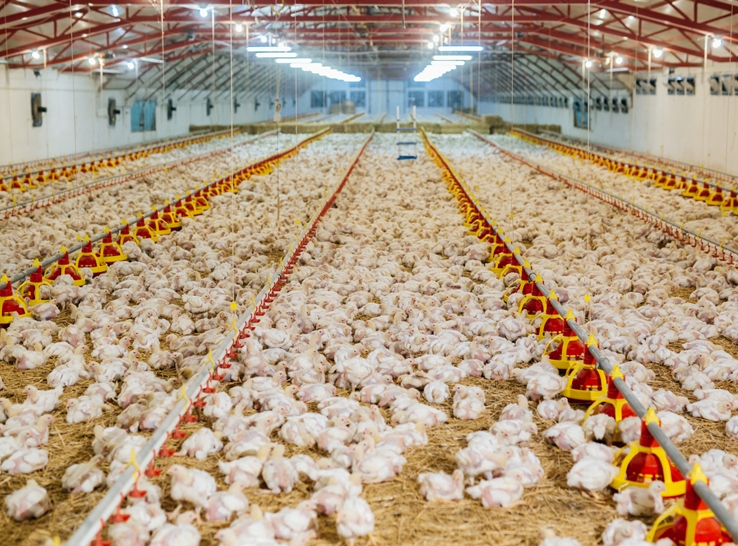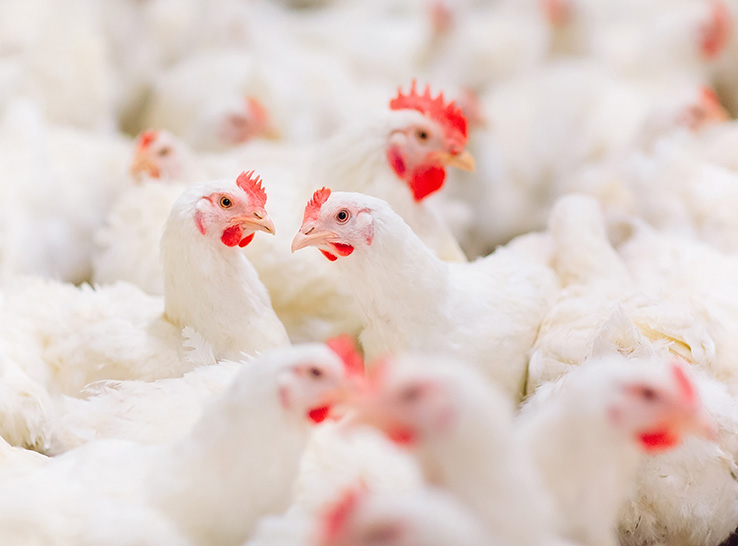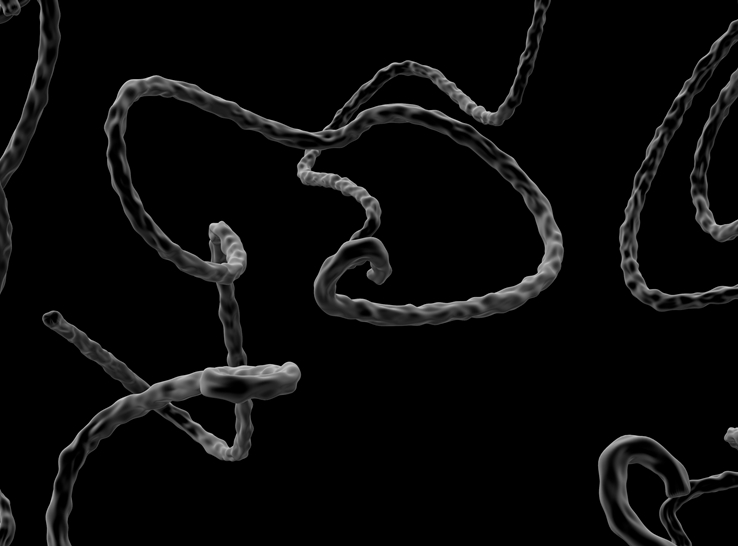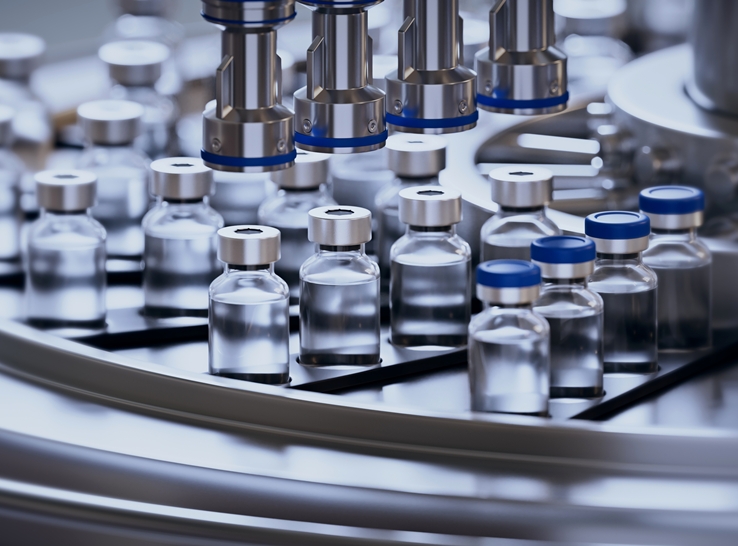The diet and gut drive a bird’s growth, but they also play a role in the immune system and physiology of the animal, which influences health and disease outcomes.
“It’s important to understand that it’s not one component within the gut, but several systems,” said Michael Kogut, PhD, lead research microbiologist at USDA-ARS, College Station, Texas. “There’s no doubt in my mind that the gut is involved in every organ system one way or another.”
In a webinar hosted by the Poultry Science Association, Kogut discussed the link between the gut and poultry health. The key is to recognize that interactions between diet, microbiota and immune response are not straight forward; they are multiplied and work off each other, he noted.
Diet and health drive costs
For growing birds, the focus centers on nutrition and health primarily because diet is the main production cost and health is the main cost of attrition, whether that occurs through poor growth, bird removal or death.
As Kogut explained, the gut separates the internal environment of the animal from the external environment. It’s a physical and immune barrier that offers a multiple layer protection system.
While flock health is typically equated with the absence or prevention of disease, in production animals it’s also about maximizing the bird’s genetic potential.
“How can the gut help the bird weather the environment, withstand stressors and maintain homeostasis? How close can we get to 100% genetic potential?” Kogut asked.
“For a broiler that reaches 95% to 97% of its genetic potential, if we can improve gut health to add another one percentage point, that’s dollars for the producer and billions to the industry.”
Gut homeostasis: A house of cards
Maintaining gut homeostasis – or equilibrium – ensures that the bird can best utilize dietary nutrients for growth. But it also influences the interaction between the bird’s immune system and intestinal microbiota. “If one card is disrupted, then the whole system can be disrupted,” Kogut said.
He pointed to the diet-microbiota-immunometabolism axis, which regulates the intestinal and system physiology.
“This is the ecosystem of the gut,” he noted. “It is made up of chemical and biological complex systems. They function separately and together, and influence each other. An effect on one will affect the other.”
What goes on in the gut is a production of metabolites, hormones and neurotransmitters that all interact. Diet regulates the microbial composition and diversity, which can directly affect the immune system.
“It’s not linear; it’s interactive and constant,” Kogut said. “When we talk about feed additives, alternatives to antibiotics, when you provide one you assume it changes the microbiota, but you are forgetting about the immune system. It will change all the factors.”
What happens if there’s a disruption?
Any number of factors can disrupt the bird’s gut – environmental stressors, pathogens, weather, husbandry – but diet is a common denominator. The birds must eat.
There are two disruptors that can occur – dysbiosis, an unbalance of the gut microbiota, and inflammation. Like the chicken or the egg, which of these occur first is up for debate.
Dysbiosis can be caused by such things as poor quality dietary ingredients or excess nutrients that are not digested, triggering intestinal inflammation. This response can occur following a diet change such as moving from a starter to a grower diet.
Inflammation is a normal part of the gut’s immune system. Its function is to repair any related damage and return the gut to homeostasis. “The length of inflammation response depends 100% on the trigger,” Kogut noted.
In an acute inflammation response caused by an infection or minor injury, the trigger is identified and removed. “The repair process starts rapidly and doesn’t take energy away from the animal; within a day or two it’s taken care of and the bird recovers,” he added.
Chronic inflammation is a different story. If it is triggered by dietary components the bird encounters them continuously as it eats. If the trigger is not resolved, the damage will not be repaired. “So, you lose some function at the organ/intestinal level. There may not be visual gross pathology in the gut, but overall, growth is reduced,” Kogut said.
In the case of excess nutrients causing an inflammatory response, if the reaction goes on too long, it can initiate a T-Cell response, he noted.
Moving beyond the gut
There is a growing understanding that the function of the gut’s immune system can regulate other physiological systems.
“Not only can you manipulate the brain, lung, liver immune systems through the gut to induce protection against a respiratory bug or a liver infection, but you can manipulate behavior,” Kogut said.
While it needs more study, triggering a response that makes the animal feel full, for example, can reduce inflammation and address feed conversion.
Another area that needs investigation is the interaction of the gut/skeletal muscle axis. His research has generated data that suggests an inflammation response at the gut level may also play a role in muscle myopathies such as woody breast.
Long-term, he wants to see research continue to shift toward causation versus correlation.
“We need to understand more about the ecology and functional groups,” he added. “We’ve spent years and a lot of money to identify individual genus of bugs when there are trillions of bugs for every gram of tissue in the gut. If you change one, two or three bugs, it doesn’t change much. It’s how they function that’s important.”
Kogut sees artificial intelligence (AI) as supporting future progress in this area. “I think AI will be a major player because it will offer a look at very specific pathways. The question is, do we have enough information in poultry to provide to the computer to make decisions? No, not yet.”







